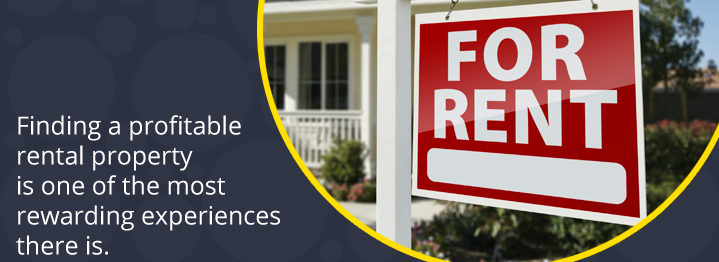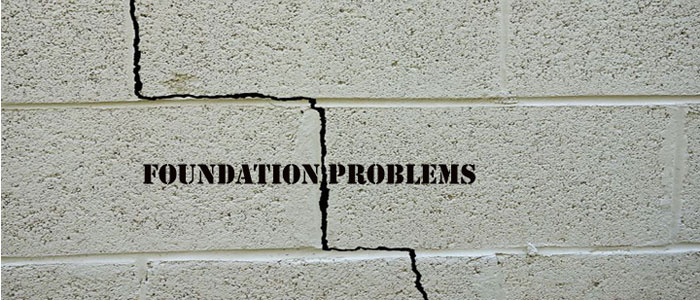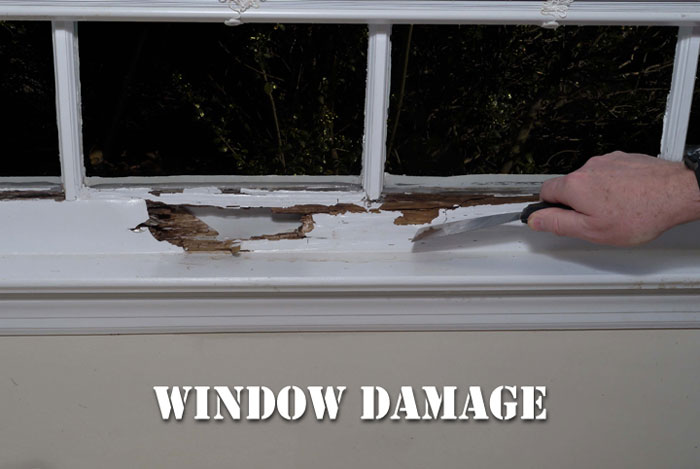
Finding a profitable rental property is one of the most rewarding experiences there is. It promises a steady monthly income from renters and the potential for more investments in the future.
But it’s not easy to find a property in great condition and situated in an excellent neighborhood. Sometimes, you end up with a lost-rental property: one that turns into a money pit that saddles you with problem after costly problem.
Learning from a mistake is always good, but it’s much better to find properties that don’t turn out to be a mistake. If you don’t want to lose money on your next (or first) rental property, here are some signals you might be stepping into a money pit instead of a house.
Though no one wants to discriminate based on the people who live in a neighborhood, it’s worthwhile to take care when purchasing property in certain areas. Regions that have high crime rates, bad schools, and low-income housing are generally not going to make for good investments.
Not only are tenants less interested in renting space in such areas, but the tenants you get can be spotty with the rent payments. When tenants don’t pay the rent, you’re out of revenue. At some point, you can evict them, but there’s no guarantee you’ll get the back rent out of it.
Not a few potential investors get taken in by the open concept main floor and granite countertops in the kitchen. It looks like a slam dunk, but that’s not where problems will manifest themselves.
Tenants may be attracted to the great floor plan, but if you don’t check for foundational issues, it won’t be long before your renters start calling you to fix other issues. When you’re looking for issues with the foundation or other structural points, the basement is a tell-tale indicator of problems that may crop up, particularly if it’s unfinished.
Look for such details as plumbing, electrical system, unstable supports, sagging floor joists, leaks, and cracks. If anything looks amiss with the structure, you may have foundation issues.

Other foundation threats may be found in the upper levels of the home, or the exterior. From the outside, a failing foundation will manifest in the form of cracked foundation walls, buckling walls, or gaps of any kind.
On the main floor, you’ll see cracks in the drywall or ceilings, particularly in corners or around doors and windows. These are signs of shifting in the framing. Some shifting is natural, but if it causes cracks throughout, you know you have a more serious case.
Signs of water damage throughout the structure also hint at long-term, expensive issues that will need repair. The most obvious are damp smells, yellow and brown stains, peeling paint, bubbling wallpaper, or discoloration.
You might also see cracks or buckling walls. Look around water fixtures such as under sinks or along main plumbing lines, since leaks in these areas can spread.
If there’s an issue with the insulation, foundation, or roof, you’ll be able to see water damage after a heavy rainstorm. Plan a visit to the potential home a rain or snow storm turns up in the forecast. This will show you how the home stands up to the elements.
Mold is a major health hazard and an indication of serious structural issues. It’s the result of unaddressed moisture problems or inadequate insulation. As moisture settles in the structure of the house, it can grow fungus.
Sometimes, mold is easy to spot. You’ll notice small marks of black, white, brown, or green growth. It can also emit an unusual smell for which the source cannot be easily identified.
At other times, the mold will be deep within the walls. For this reason, it’s vital to order a home inspection. The inspector will likely spot the signs of mold and warn you before you purchase a property that could cost tens of thousands to fix.

Windows are essential for energy efficiency. Updated, well-insulated windows keep outside air from leaking into the home and forcing your HVAC system to work overtime.
When the windows of a home are damaged, it can mean greater expenses along the way. If there’s a moisture problem around the windows, you’ll see it in the form of loose, cracked, or crumbling seals.
Single-paned windows are also red flags because they can drain energy from the space. Replacement windows can be expensive too, and if you don’t repair them, the resulting maintenance costs will add to your costs.
A little creaking as you walk across the floor or climb the stairs is completely natural and easily repaired, but a lot of creaks suggest problems with the floor joists. The last thing you want is for your tenants to fall through the top floor into the living room below.
If there are problems with the floor’s foundation, however, that could actually happen. A professional inspector will help you decide whether or not a creak in the floors is okay or could promise a full-blown crisis.
Rodents, carpenter ants, termites, spiders, and other unpleasant houseguests will have your tenants complaining night and day. It’s fairly easy to spot these pests if you know what you’re looking for.
Rodent droppings, spider webs, and small holes in the drywall can all highlight a pest problem. It will be your responsibility to rid any property of these unpleasant houseguests, and that comes with an ugly price tag.
Not only may you have to pay for an exterminator, which can cost thousands, but you’ll also have to pay for any result damage. Termites can eat away at the wooden structure of a home, rodents can chew holes in your walls, and all pests can come with health and safety hazards. It’s best to avoid properties with such problems.
Look closely at the fixtures that come with your home, including the furnace, water heater, and kitchen appliances if they’re included. Older properties often contain older fixtures that need either replacement or frequent repair.
In some cases, older fixtures can pose safety hazards. They are often the biggest factor in a money-pit rental property.
Unless you have room in the budget for a renovation, a poorly laid-out floor plan will discourage tenants and possibly even reduce the property’s value. And when the value goes down, so do your potential rent rates and your profit.
Though this issue can be overlooked in some properties, others may be unsalvageable. If you can’t fill units with renters, you don’t make any money, and that forces you to pay the mortgage out of your own pocket.
At Green Residential, we understand the struggles of trying to please your tenants, maintain your property, and bring in revenue. It’s a tough business, but it’s easier when you have experienced realtors and property managers on your side. For more information about the services we can offer you, contact us today!
